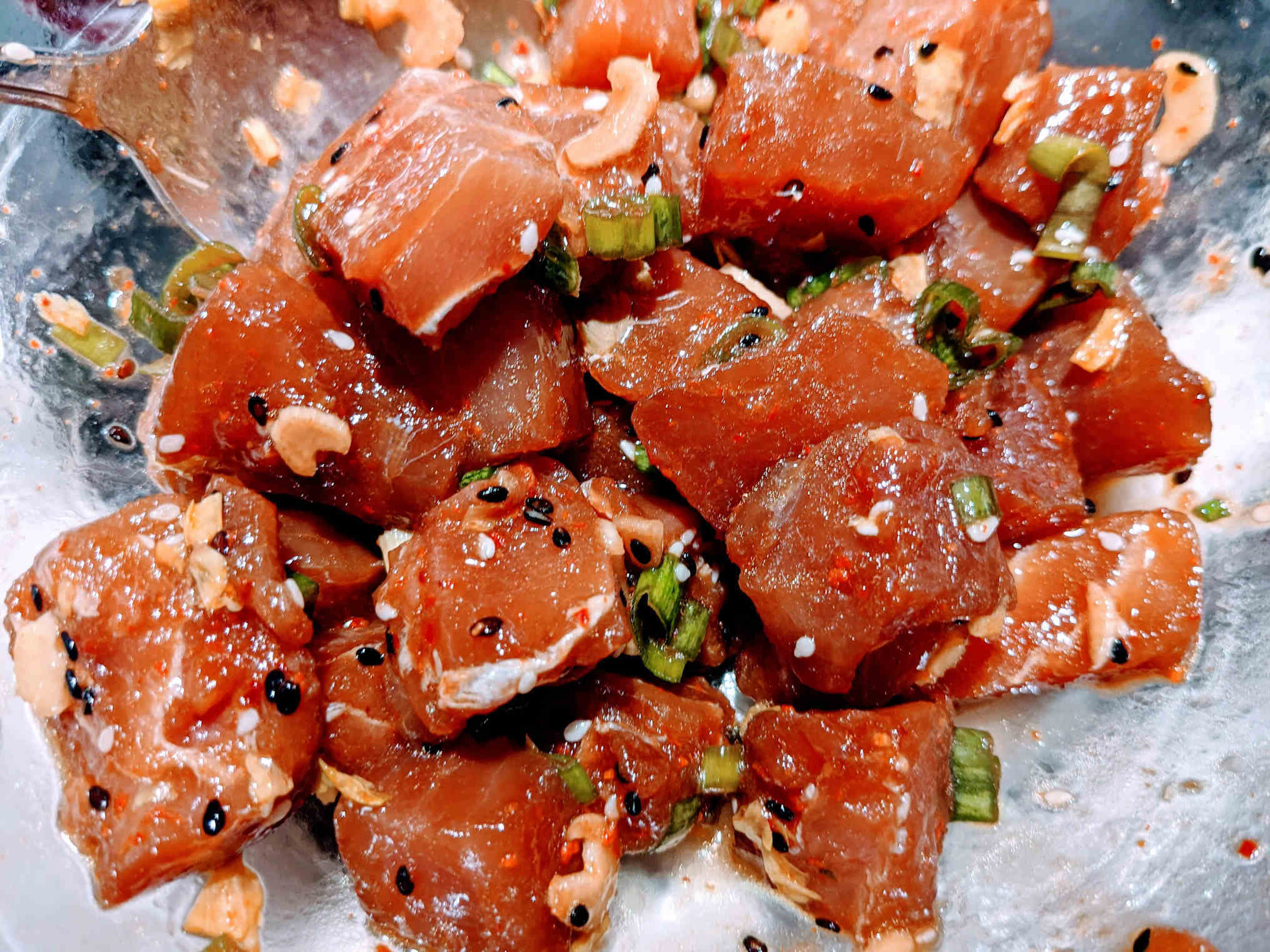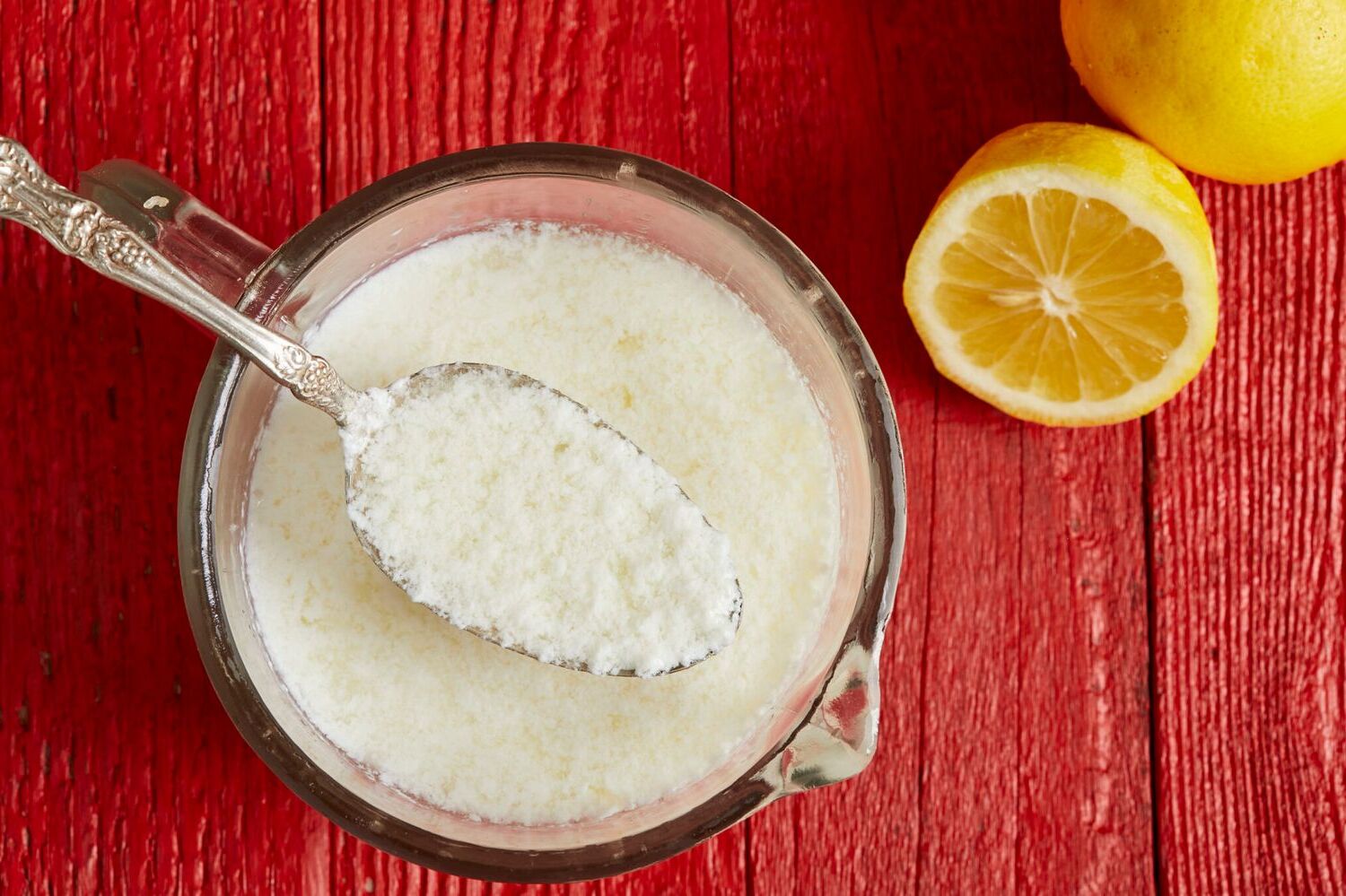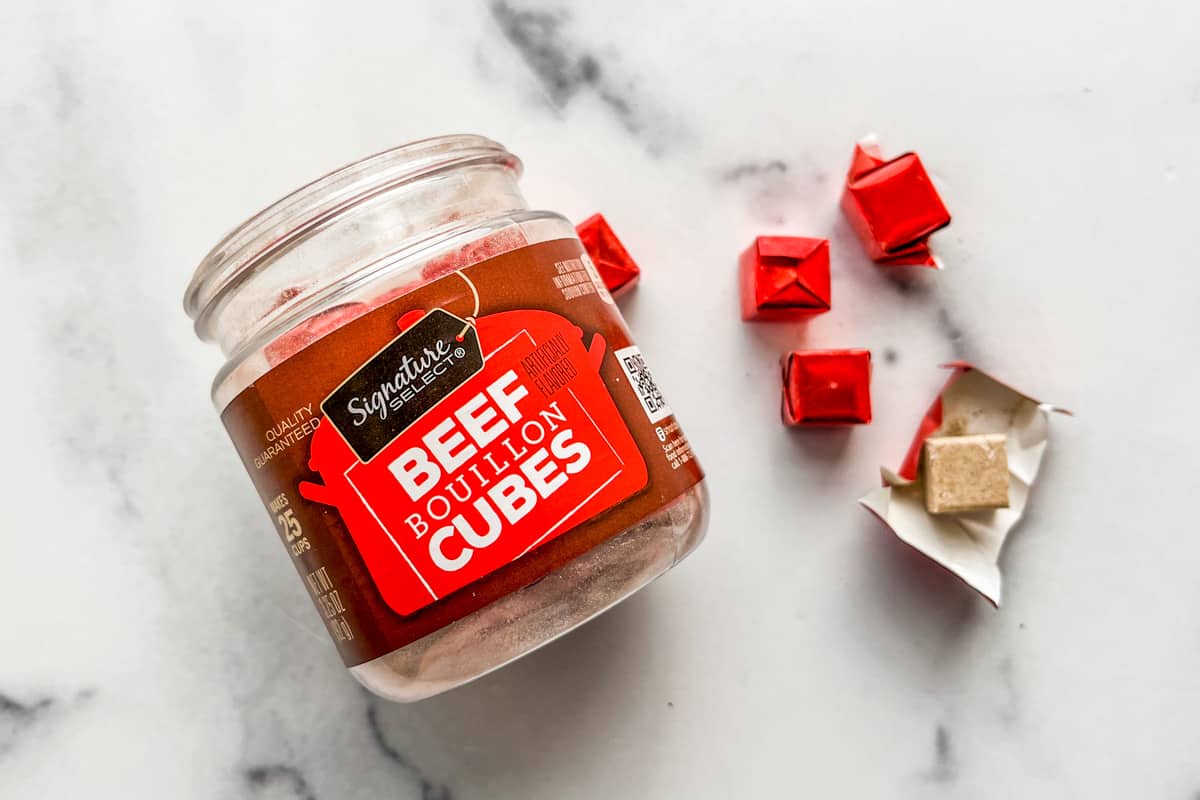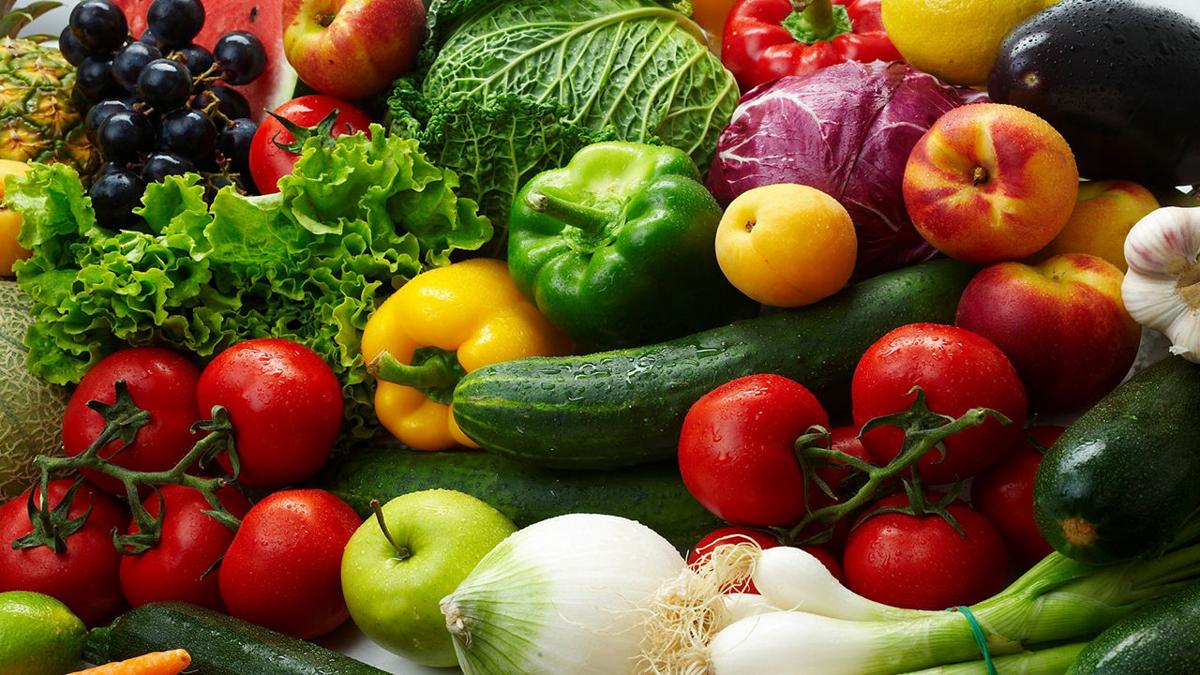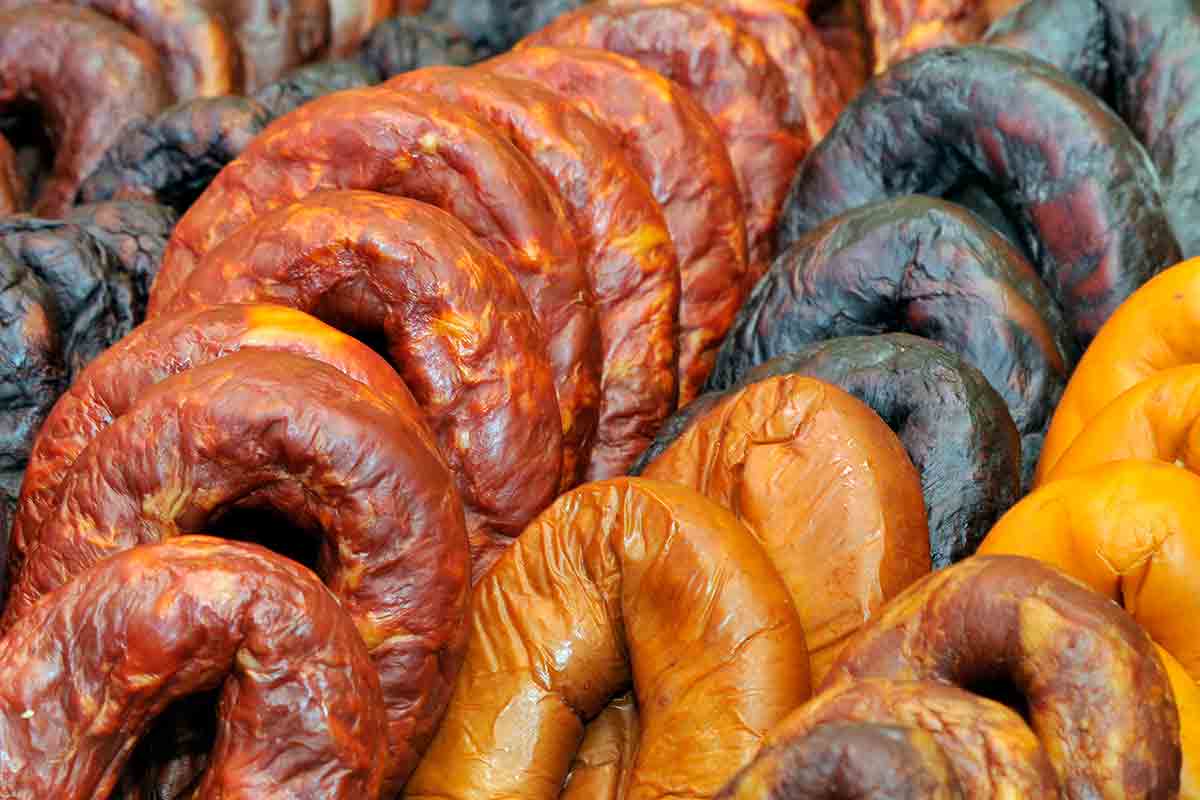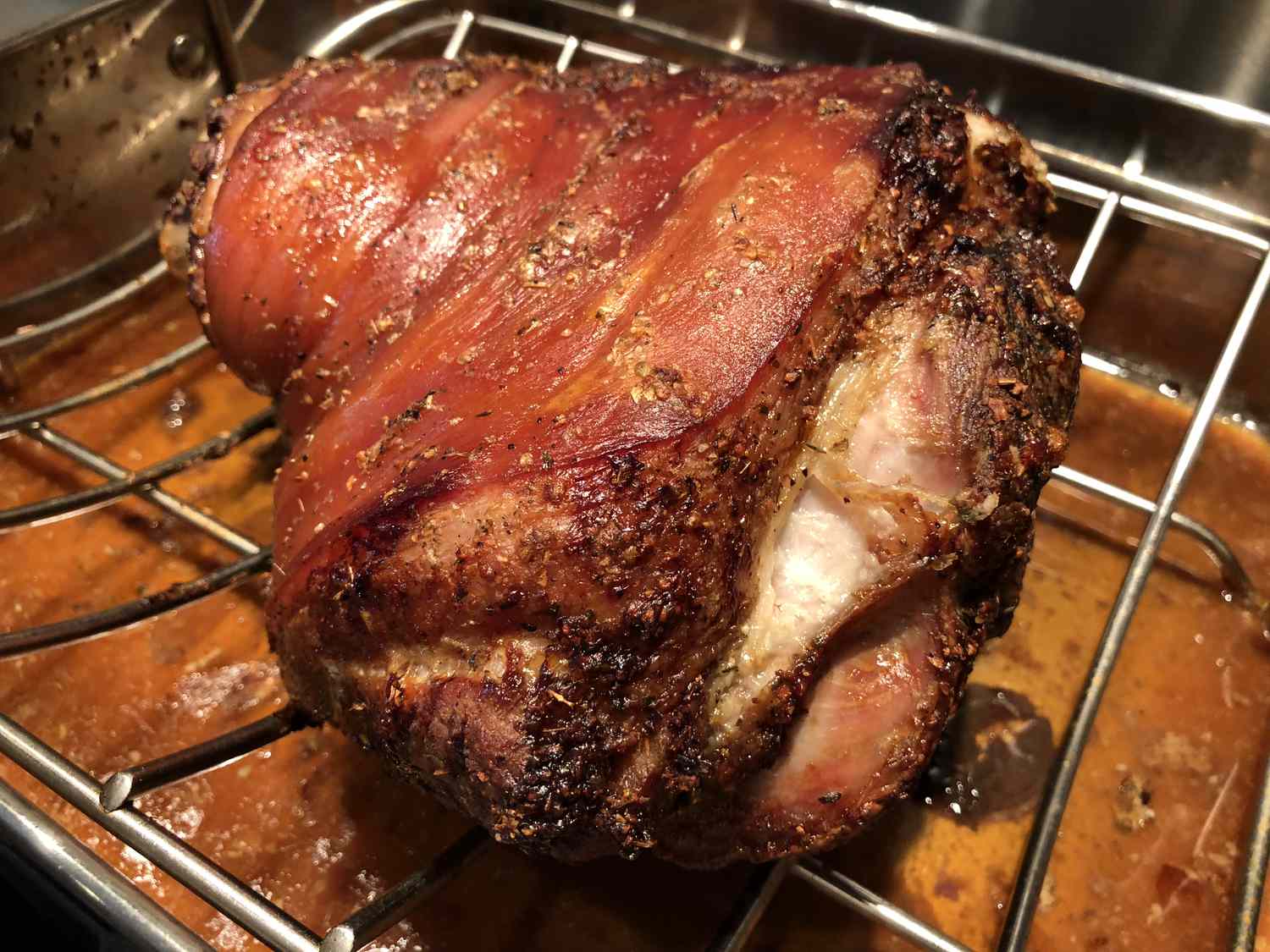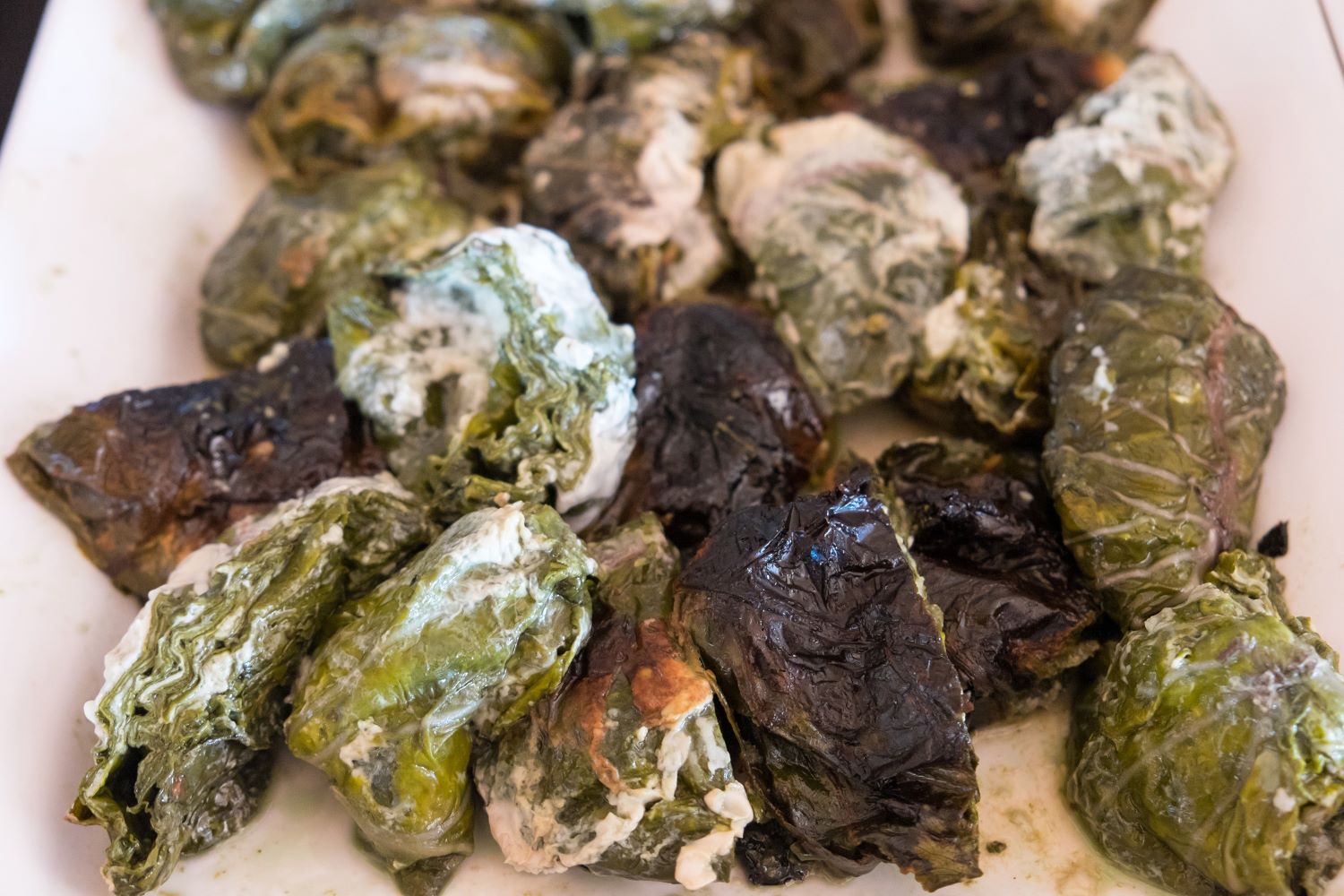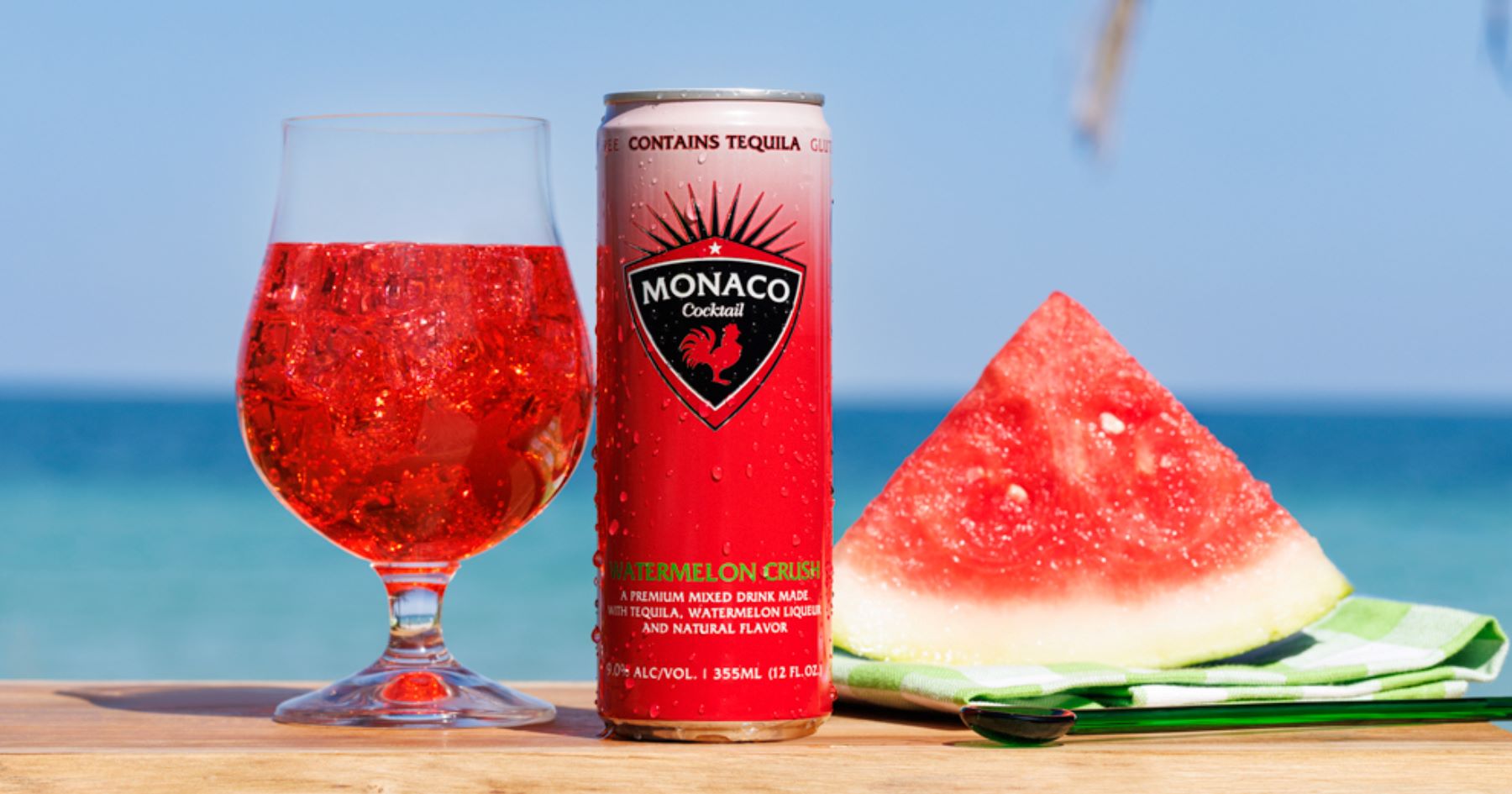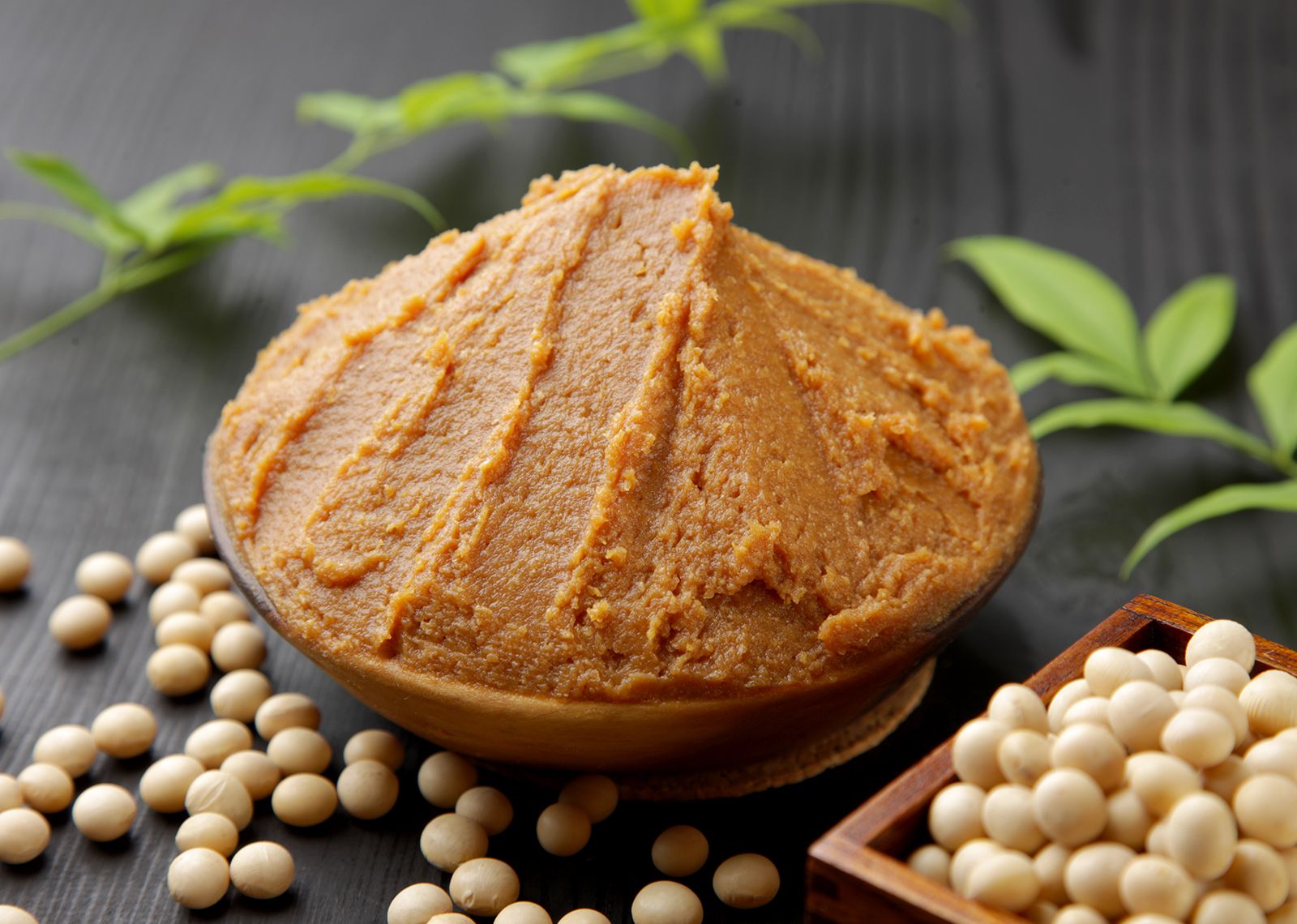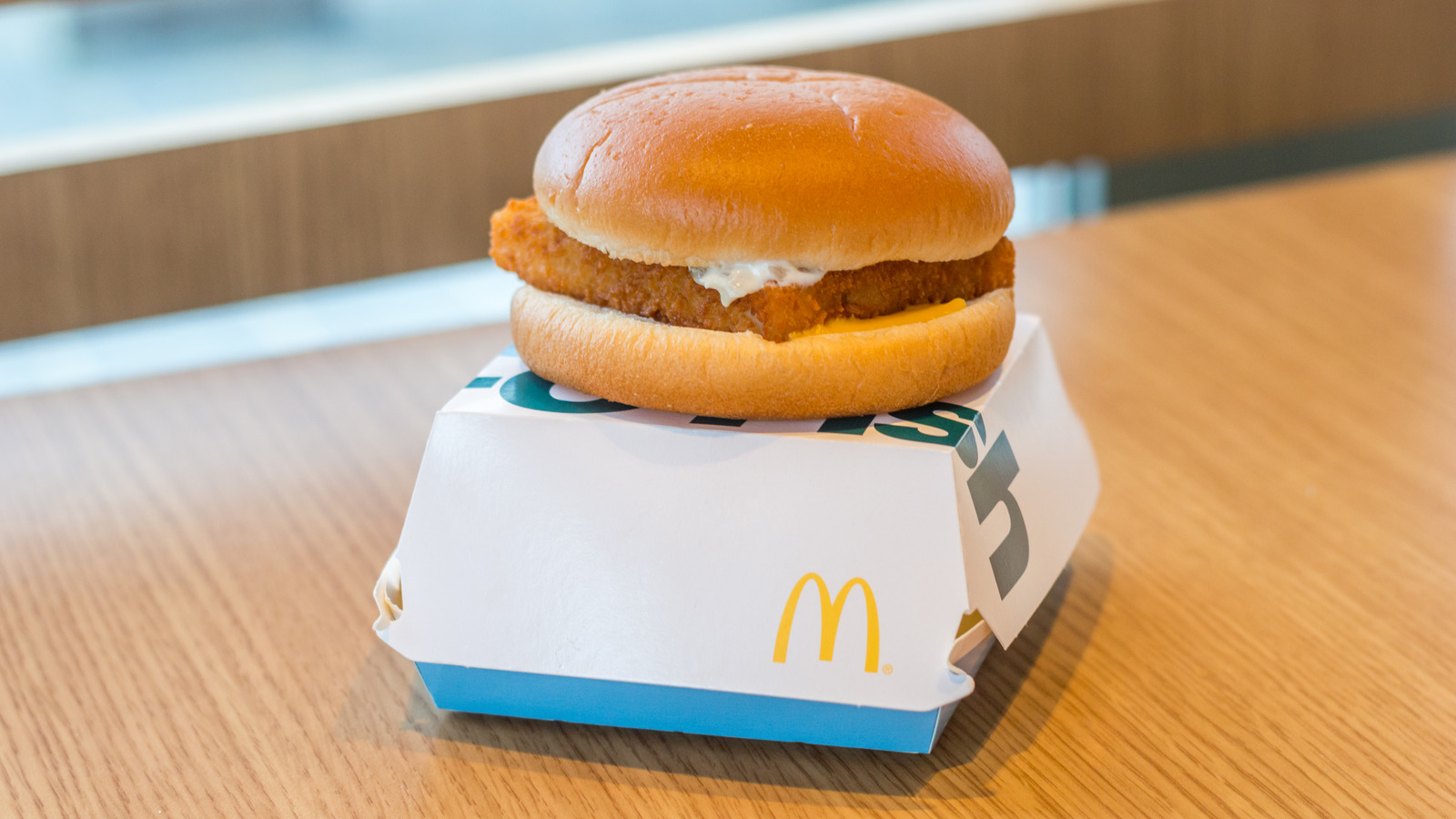Discovering the Flavorful World of Paprika
When it comes to adding a burst of color and flavor to your dishes, paprika is a spice that should not be overlooked. This vibrant red powder is made from grinding dried sweet red peppers, and it is a staple in many cuisines around the world. Let’s dive into the world of paprika and explore its origins, varieties, and culinary uses.
Origins and Varieties
Paprika has its origins in Central America, where it was first cultivated by the indigenous people. It was later introduced to Europe by Spanish and Portuguese explorers in the 16th century. Today, the spice is primarily produced in Spain, Hungary, and some regions of the United States.
There are several varieties of paprika, each with its own unique flavor profile and heat level:
- Sweet Paprika: This is the most common variety, known for its vibrant color and mild, sweet flavor.
- Hot Paprika: Also referred to as “spicy” or “hot” paprika, this variety packs a punch of heat, making it a favorite in dishes that require a spicy kick.
- Smoked Paprika: This variety is made by smoking the peppers before grinding them, resulting in a rich, smoky flavor that adds depth to dishes.
Culinary Uses
Paprika is a versatile spice that can be used in a wide range of dishes. Its vibrant color makes it a popular garnish for deviled eggs, potato salad, and hummus. In addition to its visual appeal, paprika adds a subtle sweetness and depth of flavor to dishes.
Here are some popular culinary uses of paprika:
- Seasoning for meats: Paprika is often used to season and add color to meats such as chicken, pork, and fish.
- Soups and stews: It is a key ingredient in many soups and stews, adding both flavor and color to the dish.
- Rice and grain dishes: Paprika can be used to add a pop of color and flavor to rice, quinoa, and other grain-based dishes.
- Marinades and sauces: It is a common ingredient in marinades and sauces, adding a subtle heat and depth of flavor.
Health Benefits
In addition to its culinary uses, paprika also offers some health benefits. It is rich in antioxidants, including vitamin C and carotenoids, which can help support overall health and well-being. Additionally, capsaicin, the compound responsible for the heat in hot paprika, has been linked to various health benefits, including pain relief and improved digestion.
When used in moderation, paprika can be a flavorful and healthy addition to your diet.
In Conclusion
Whether you’re looking to add a pop of color to your dishes or enhance their flavor, paprika is a spice that deserves a place in your pantry. With its rich history, diverse varieties, and versatile culinary uses, paprika is a true gem in the world of spices. So, the next time you’re in the kitchen, don’t forget to reach for this vibrant red powder and let it work its magic in your cooking.
Was this page helpful?
Read Next: What Is Mole (Food)?
